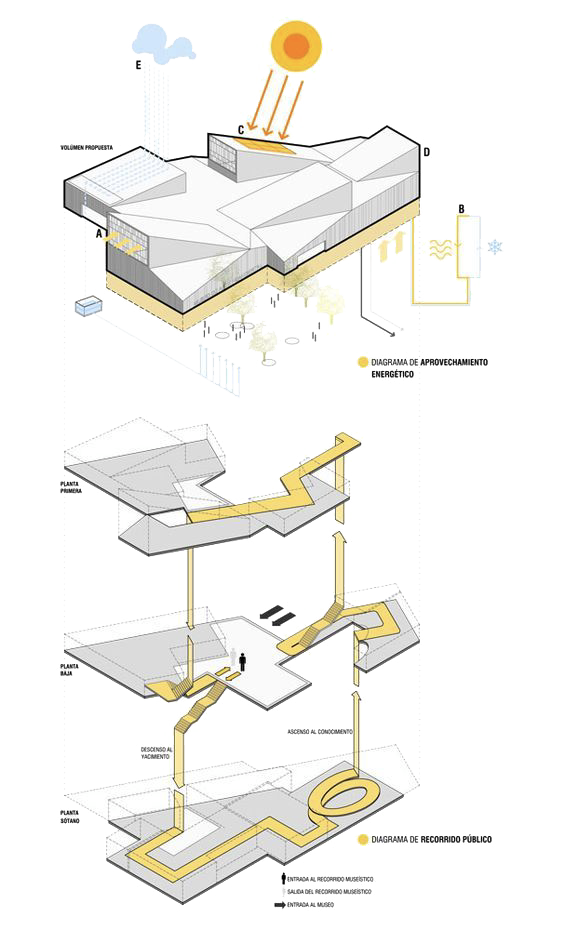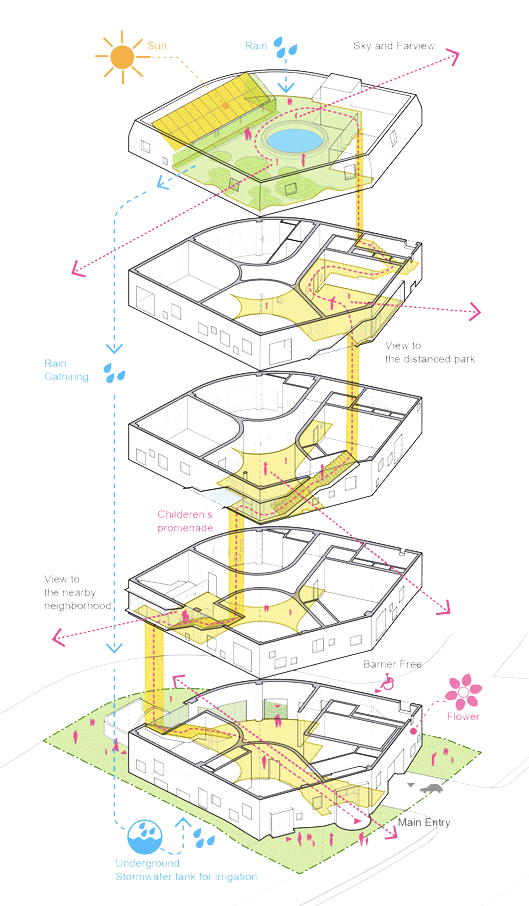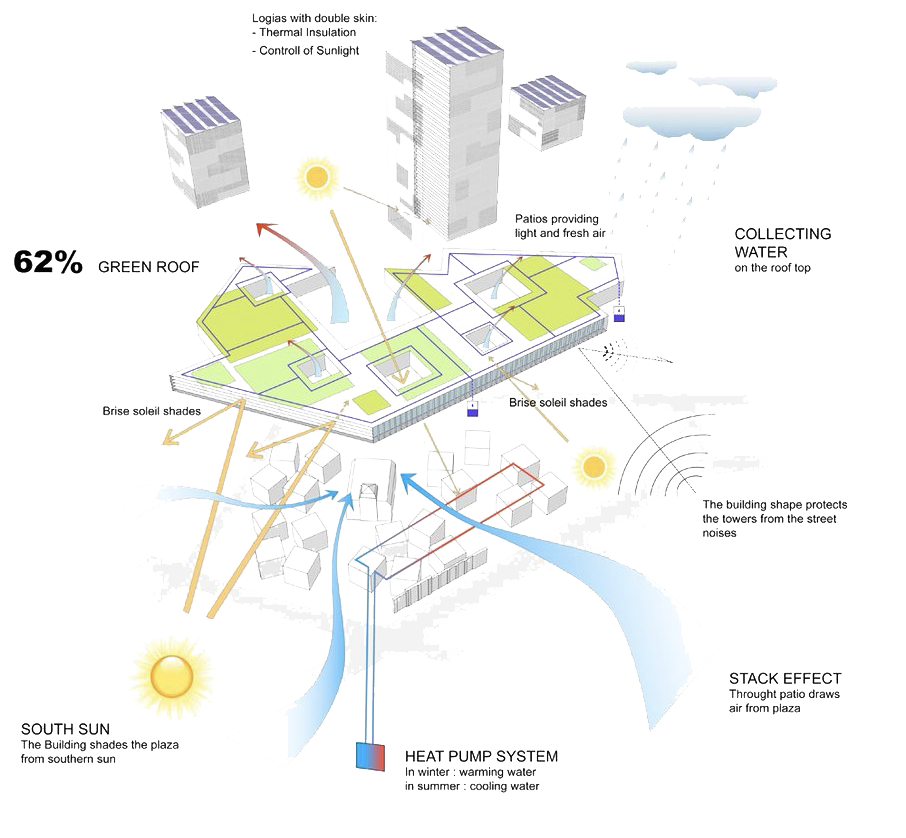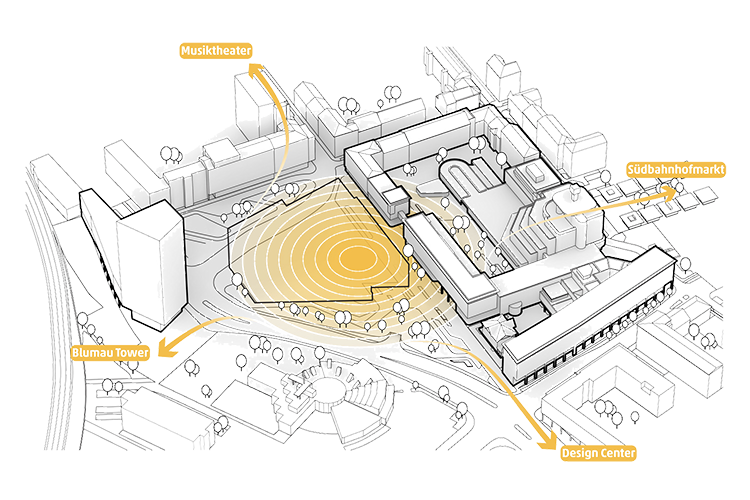This in-depth article shows you how to analyse a case study in architecture. Includes examples and questions answered!
What is a Case Study?
A case study in architecture is a detailed study of a chosen architectural project, to understand its design, construction, functionality, or contextual importance. The specific architectural qualities examined are to serve as inspiration or as a precedent for your architectural project.
How do you Choose the Right Case Study for Your Project?
Selecting the right architectural case study involves defining the aspirations and requirements for your architectural project. These factors could be; project scale, architectural style, structural system, unique construction techniques, sustainability, materials, and cultural context.
Choose a case study that aligns with the aspirations and requirements of your architecture project, offering relevant solutions and insights.
How do you Analyse an Architectural Case Study?
Contextual Analysis: Conducting site analysis to understand the site context, environmental factors and microclimate, and cultural and historical significance.
Design Analysis: Study the architectural style and language, spatial qualities, circulation, and function.
Material and Construction Analysis: Analyse the building’s use of materials, construction and structural systems.
User Experience: Study how occupants interact with and between the spaces, considering comfort and usability.

Examples of architectural Case Studies:
Environment
The topography, climate, and surrounding context significantly influence architectural design. Exploring these factors creates relationships between the architecture and its surroundings. Architects conduct an extensive site analysis to understand the environmental conditions of a site before beginning the design process. Choosing an architecture case study with similar environmental conditions will be an informative reference during the design concept stage of your project.
Surrounding Context
Studying the surrounding context delves into the historical, cultural, and social backdrop of your architectural case study. This context provides insight into the design decisions that have shaped the design, to integrate the architecture into the context and community seamlessly.
Building Requirements
Building requirements encompass the building regulations, functional needs, and spatial requirements of the project brief. It is useful to understand how a case study has overcome unique constraints with innovative building requirements as it can result in extraordinary architecture.
Form
The form of a building is sculpted by site analysis, massing studies and building requirements. Understanding the design thinking behind how the form of a building has come to be, allows you to rationalise your design decision-making.

Function
Function provides the purpose of a building. Analysing a case study involves examining how the architecture serves the intended functions.
It delves into how different spaces have been shaped informed by the spaces’ functional requirements as well as spatial planning and the efficiency of the structural layout.
Building Services
A case study can be chosen for its approach to accommodating building services if your project aims to meet similar requirements. This includes the technical layout of electricals, plumbing, ventilation and other essential services that sustain a building.
Images
Analysing images allows you to piece together the architectural qualities, spatial flow, use of material and technical operations of a building. Images of a case study serve as references during the design process.
Site Analysis
Site analysis involves investigating the site characteristics, topography, sun path, and wind patterns. This evaluation helps define the opportunities and constraints of a site and optimally integrates the building with the environment.

Style of Architecture
Each architectural case study involves a study of the style of architecture. Understanding architectural styles provides insight into the cultural, historical, technological and structural influence that shaped the architecture.
Micro-climate
Micro-climate analysis is a nuanced investigation into the site’s environmental conditions. This investigation is conducted to ensure the design maximises efficiency in sustainability and energy consumption as well as shape the design.
Circulation - Horizontal and Vertical
A study in circulation includes flow patterns, connectivity and pathways to facilitate the optimum movement throughout the building and surrounding landscape.
Structure and Construction
You need to understand the structural system and construction methods of your case study to implement them into your project. Select a case study with a special structure to learn from its engineering innovations.
Access and Approach
The access and approach to a building play a pivotal role in the design process. Prioritising entry points and approach help create a memorable user experience.

Conclusion
Analysing architectural case studies provides a comprehensive breakdown of how a building has come to be. The insight gained from analysing case studies can be applied to your architectural projects.
Not all types of analysis listed above may be necessary for a case study, instead selecting one a few could influence your project more if they relate directly to your project.
Related FAQs to How to Analyse a Case Study in Architecture
What Should an Architecture Case Study Include?
Introduction: Background information about the project, architect, and purpose of the case study.
Site Context: Geographic location, topography, climate, surrounding context, and historical significance.
Design Analysis: architectural drawings and diagrams that illustrate the design concepts.
Construction Details: Use of material, structural systems, construction techniques, and innovative engineering methods.
User Experience: How people move around and interact with the space, and functionality assessments.
Conclusion: Summary of key insights and relevance to your projects.
How Should a Case Study be Presented?
Visuals: sketches, photographs, architectural drawings and diagrams to illustrate key points.
Narrative: Describe the project's evolution in a cohesive story, highlighting the challenges and successes.
Organisation: Follow a clear hierarchy, arranging information logically for easy presentation.
What is the Role of Case Study in Architecture?
Learning and Inspiration: Case studies offer tried and tested knowledge of successful design/structural solutions to inspire your architecture project.
Problem-solving: They provide references for architects with similar challenges in their projects.
Educational Tool: Case studies are teaching resources for architecture students and professionals.














